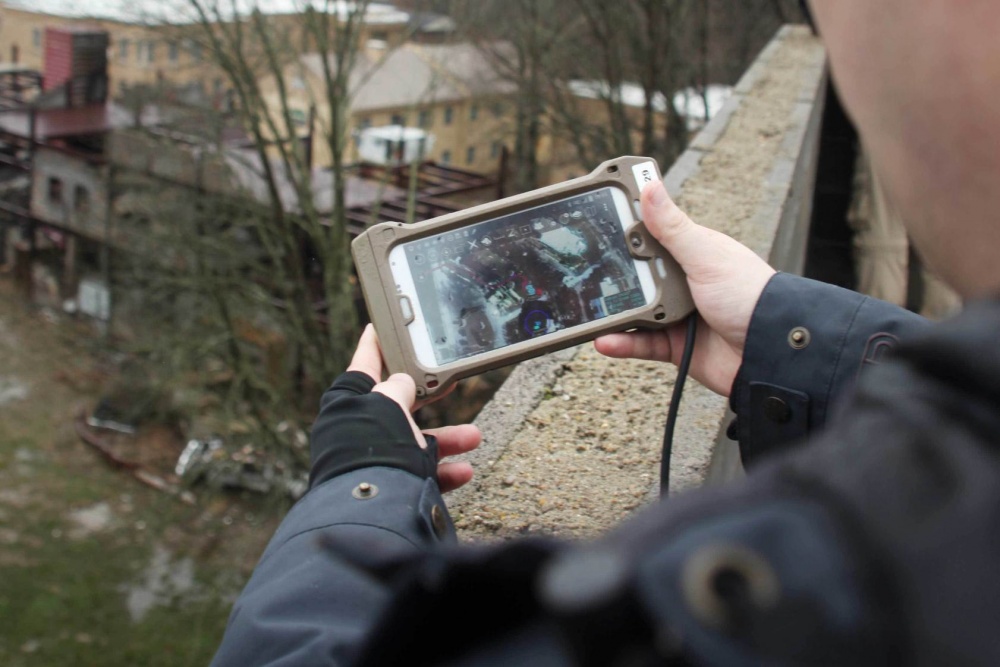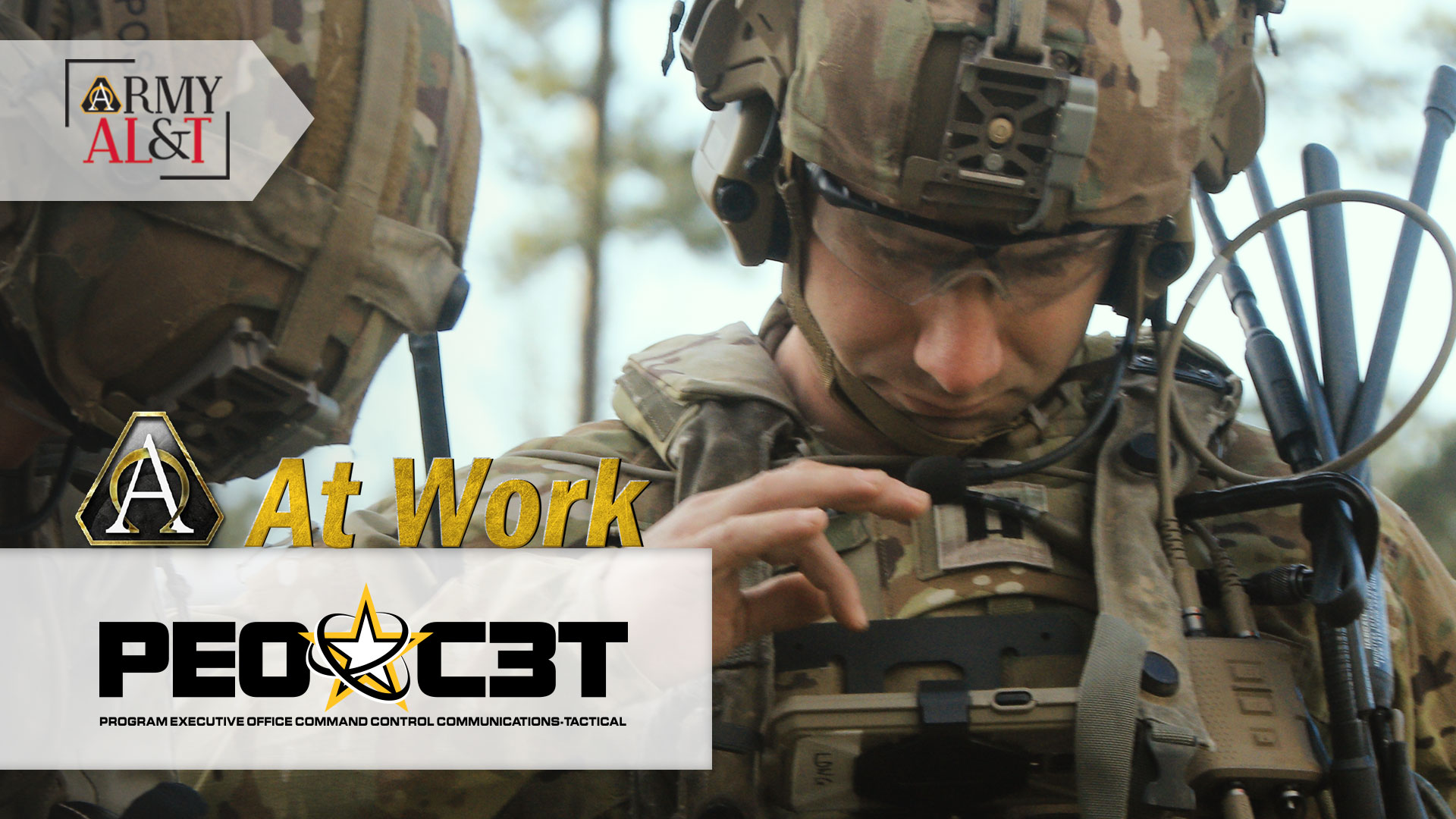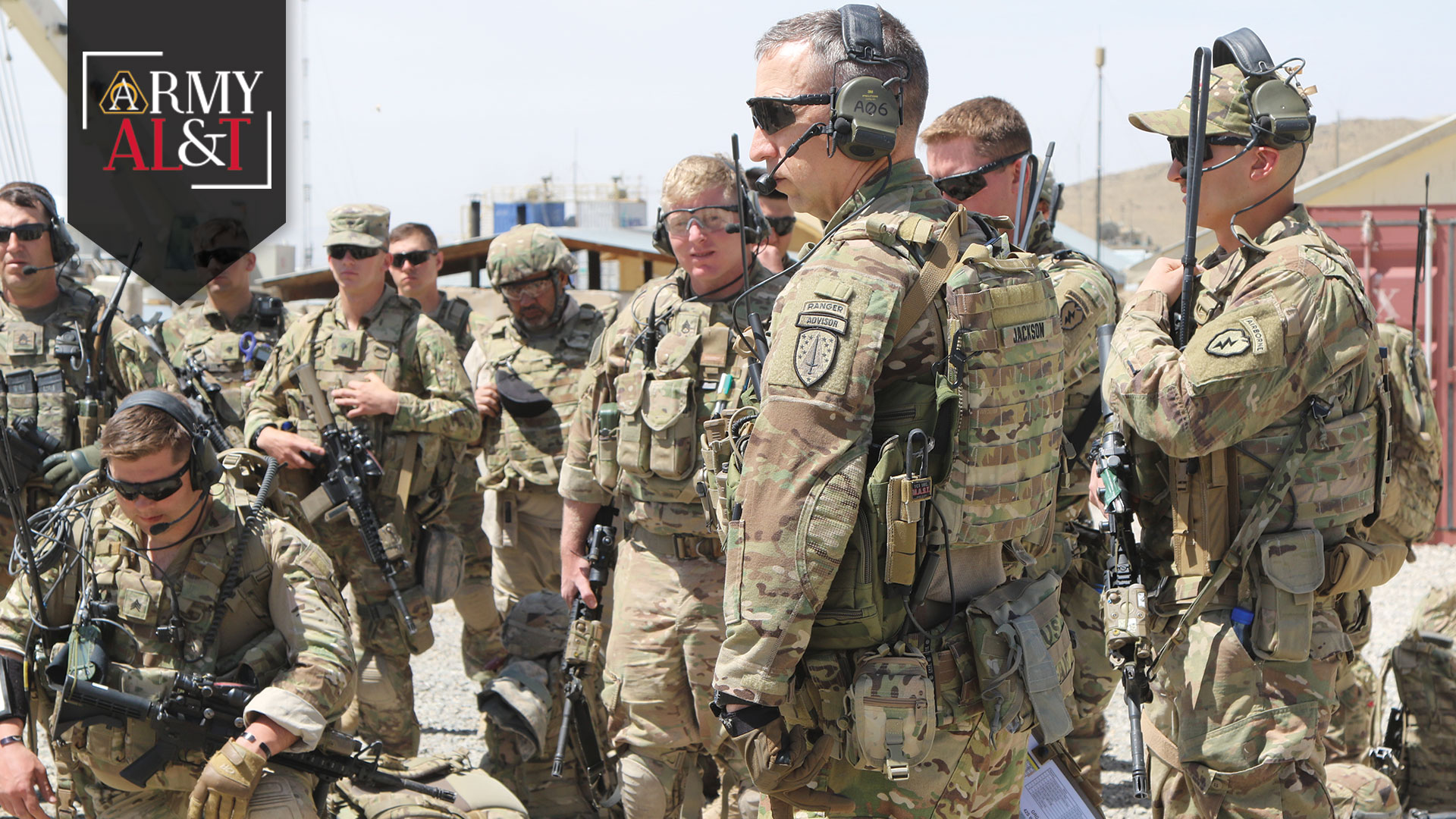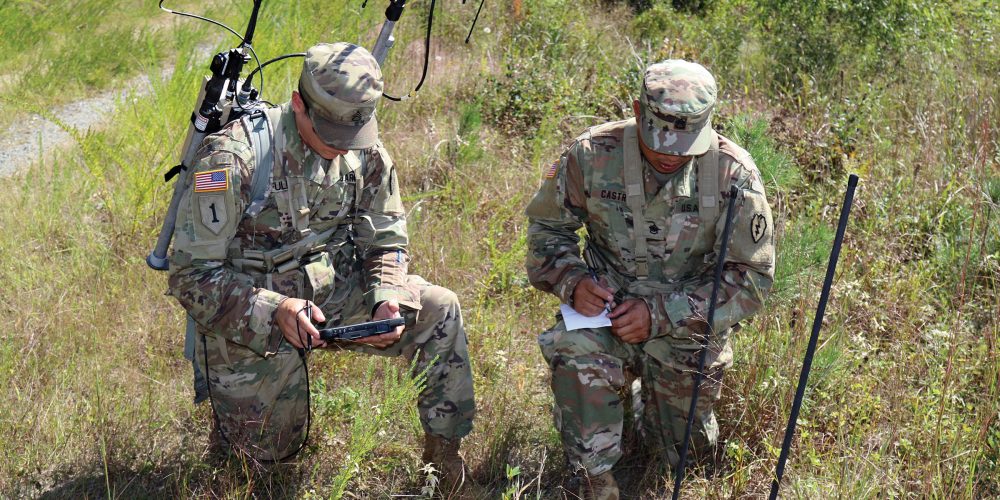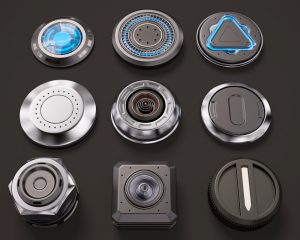Can the Army transition to an IP-based voice architecture? Lessons learned when Fort Leonard Wood went to an all-IP phone system will help.
by Mr. Alberto Dominguez, Mr. Willie Matthews and Mr. Joseph Casazza
In a complex world, sometimes old questions require new answers. With the changing nature of work and the mission requirement to boost the Army’s agility, modernizing the voice architecture at Army installations supports the Soldiers’ need to collaborate from anywhere, at any time and from any device.
Advancing Internet Protocol (IP)-based technology, which transmits all data traffic via Ethernet cables, can now deliver a reliable voice service that competes with legacy technology, known as time-division multiplexing (TDM). Currently, Army installations employ TDM technology to deliver voice services, such as local 911 calls, faxes and inbound phone calls from outside the installation. Outdated and costly to maintain, TDM technology fails to deliver the new voice services commonly available on an IP-based system, such as mobility, voice mail and caller ID.
When the Army decided to modernize its telephone system, it called upon the Installation Information Infrastructure Modernization Program (I3MP), part of the Program Executive Office for Enterprise Information Systems (PEO EIS). I3MP supports the Soldier through information technology, infrastructure modernization and life cycle management of the Army’s Installation Campus Area Networks and command centers within the continental United States.
The I3MP office set out to deliver installation capability sets using state-of-the-art information technology to connect Army customers to the network. This involves converting installation voice circuits to IP, transitioning from TDM to Voice over Internet Protocol (VOIP) technology and connecting to Defense Information Systems Agency (DISA) VOIP architecture.
From 2013 to 2017, I3MP performed an installation capability set modernization on Fort Leonard Wood, Missouri, to move approximately 19,900 users to an IP-based communication system. By upgrading its network with IP communications, Fort Leonard Wood has reduced the operations and maintenance costs for its voice services while providing Soldiers with new collaboration capabilities to improve timely knowledge exchange and decision-making by Army leaders.
Fort Leonard Wood is the first Army installation to use DOD’s Assured Services Session Initiation Protocol (AS-SIP) trunking for Defense Switched Network calls as well as all commercial calls. A telecommunications trunking system enables many clients to share a standard set of telecommunication lines, or frequencies, to access the telecommunications network, in much the same way as the roots and branches of a tree share a common tree trunk.
As such, Fort Leonard Wood served as the test bed for I3MP and its project partners to identify and overcome numerous challenges, learning valuable and sometimes difficult lessons. The experience will help the Army move forward with the deployment of VOIP using AS-SIP.
TECHNOLOGY RELIC
In all, I3MP decommissioned 26 cabinets containing Fort Leonard Wood’s old telephone systems, which were outdated and costly to maintain. (U.S. Army photo)
WHY VOIP?
The maturity of IP technology, the increasing competition among internet service providers and the improved network security offered by IP technology provided compelling reasons for Army installations to transition. But AS-SIP was not a simple solution to install for the first time. While it is a better, faster and cheaper technology than TDM, AS-SIP is not widely understood. A scarcity of the necessary technical knowledge, skills and expertise within both the public and private sectors has complicated the effort.
AS-SIP, based on the commercial standards for the Session Initiation Protocol, is the DOD standard signaling protocol used on information system networks that provide end-to-end assured services. Using IP networks, AS-SIP enables internet telephony for voice and video calls, as well as instant messaging, in much the same way as a smartphone.
THREE PROBLEMS FOUND
On a VOIP telephone system, a phone call is technically an “AS-SIP session.” To avoid confusion, this article will refer to an AS-SIP session as a “session call.” During Fort Leonard Wood’s transition from TDM to IP, I3MP identified three things that can go wrong when initiating an AS-SIP session—that is, when making a session call. (The specific reasons for why a session call fails are too complex and varied to describe in detail.)
- No call: User A tries to invite User B to join a session call, but the invitation is not completed.
- Failed call: User A invites User B to join a session call, but the network never initiates the session call, so it is not made.
- No audio: User A initiates a successful session call with User B, but User A is not able to hear User B, or vice versa. Or User A initiates a successful session call with User B, but neither user can hear the other.
OUT WITH THE OLD
Each TDM cabinet replaced at Fort Leonard Wood contained a circuit that enabled the transmission and reception of independent signals over a common signal path. Other Army installations still employ TDM technology to deliver voice services, including local 911 calls, faxes and inbound calls. (U.S. Army photo by Scott Sundsvold, I3MP Strategic Communications)
RECOMMENDED RESOLUTIONS
When AS-SIP receives an invitation to join a session call, an AS-SIP message responds with an interpretation of a corresponding request and a receipt. When protocol failures happen, error messages occur. These error messages are useful for troubleshooting.
In the case of the three identified issues, the only error message sent was “488 Not Acceptable Here,” which does not define a specific problem to resolve. In mechanical terms, this error message is like saying your car is making a funny noise, but the “check engine” light is off. This error could indicate many issues—hence the complexity of the problem and the need to understand the processes and procedures for initiating and terminating a session call.
When a caller initiates a session call on a VOIP phone, a data packet travels from the caller’s phone to their local session controller, which exerts control over the signaling and media streams to initiate, conduct and end an AS-SIP session call.
From a software switch—a central device that connects calls across a telecommunications network—the data packet travels to the receiver’s VOIP phone. When a session call fails, the issue may be a failure anywhere in the telecommunications system.
Therefore, AS-SIP troubleshooting is a team effort. Installing and testing a DISA AS-SIP circuit requires coordination with all parties involved as well as new skills and tools. For example, troubleshooting an AS-SIP issue requires a network protocol analyzer, a computer program or hardware capable of intercepting and logging traffic over an IP network. The analyzer captures each data packet and decodes the packet’s raw data to analyze its content as data streams flow across the network. When troubleshooting the call path, the analyzer makes it possible to capture traces to and from suspect equipment.
LESSONS LEARNED
Fort Leonard Wood is the first site where I3MP installed AS-SIP trunking for voice calls on the Defense Switched Network as well as all incoming and outgoing calls on a public switched telephone network. Through comprehensive and complete call testing to verify system interoperability and to identify anomalies, I3MP learned three lessons about preventing each of the three aforementioned problems:
- No call: Ensure that the local session controller can handle the data packets by properly configuring the installed local session controller and session border controller.
- Failed call: Verify that the local session controller and session border controller configurations match with the DISA and vendor networks.
- No audio: Coordinate and collaborate with DISA to ensure that the local session controller and session border controller handle all AS-SIP protocols appropriately. Thoroughly test the system compatibilities to ensure that it is fully operational.
TDM technology requires that each element involved in the call be installed, maintained and operated individually. AS-SIP technology is a break from the past in that it is an integrated, not a stand-alone, solution. AS-SIP is an end-to-end communication technology, and if any stage of the session call does not transfer the protocol, it fails. Therefore, all stakeholders need to understand DISA methods and procedures.
CONCLUSION
The lessons learned from this first TDM decommissioning at an Army installation within the continental United States demonstrate that the Army can transition to an IP-based voice architecture. In the coming years, I3MP will apply the lessons it has learned as it continues to modernize Army installations. The end result is a new telephone solution that reduces the time to establish commercial service from months to weeks while eliminating the need to maintain legacy circuits and equipment, helping the Army win in a complex world.
For more information, go to http://www.eis.army.mil/programs/i3mp.
ALBERTO DOMINGUEZ has been the assistant product manager for the Installation Capability Sets – Continental United States under PEO EIS since February 2015. He holds a B.S. in electronic engineering from the University of Puerto Rico. A former Army Signal Corps captain, he is Level III certified in program management and engineering and Level II certified in information technology. He graduated from the Defense Language Institute as well as the Signal Officer and Radio Systems Officer courses.
WILLIE MATTHEWS was appointed the project team lead for the Installation Capability Sets – Continental United States in February 2011. He served in the Army from 1975 to 1997, retiring as a sergeant first class. He has served as product leader in the U.S. Army Communications-Electronics Command’s Systems Management Center and the Digital Switch Systems Modernization Program. He holds an associate degree from Central Texas College and is Level III certified in program management.
JOSEPH CASAZZA has worked as a contractor for Octo Consulting Group, providing support as a project team assist to PEO EIS, since April 2011. He has had various roles in voice, data and outside plant projects. He now functions as a project team assist for the assistant product manager for the Installation Capability Sets – Continental United States.




